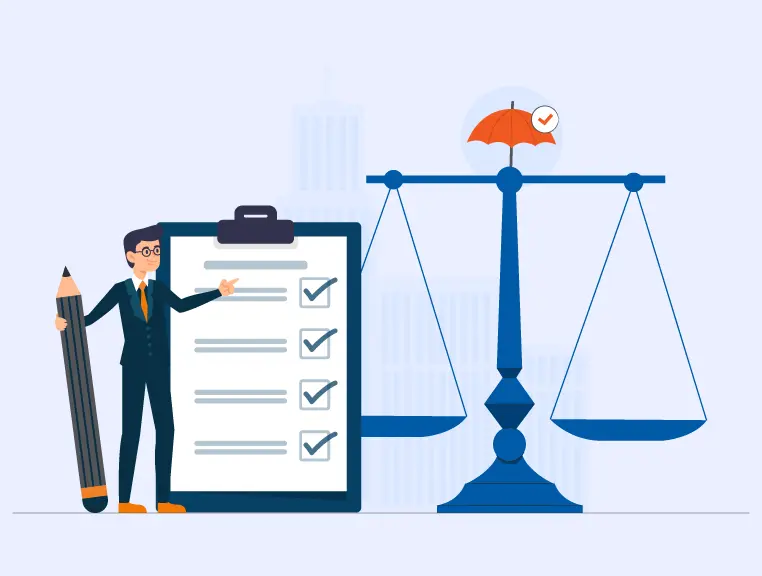In today’s fast-paced world, products are now reaching customers in less time than ever before. In order to comply with the increasing demands, most businesses make use of mass production, different vendors, and suppliers which have their bases throughout the nation. Understand the definition of Food Contamination Insurance coverage.
While the vast network has made it feasible to send goods across various locations. It has also given rise to contamination which can occur anywhere during the supply chain. Thus, it has emerged as a big risk for various companies.
Food is susceptible to various accidental or deliberate contamination to get political or financial gain. Whether the contamination is accidental or intentional, it can have a serious impact on the existence of product and company.
Moreover, disgruntled employees and political and social reasons can also be behind the malicious contamination. Further, considerable costs may need to be paid in order to recall and replace the damaged product. Additionally, funds would be required for rebuilding the lost public confidence.
Therefore, it is essential to go with food contamination insurance coverage which would come under the product liability insurance policy. The policy will play an imperative role in covering such situations which not only affect you financially but also have an adverse impact on your goodwill. The insurer provides an innovative crisis management solution to protect the policyholder against various potential recall costs, including a loss in profit and extortion costs. The policy covers any accidental or intentional contamination, which may happen during the production, preparation, manufacture, packaging, or distribution of the item, provided the products have caused bodily injury, sickness, disease, or death of any person within 120 days after the consumption.
Case: Food Contamination Insurance coverage
K Sugar is a processor of sugar. The company brings refined sugar into their production field and converts it into liquid form. Then it sent to various customers of K Sugar, who make use of liquefied sugar for their various food manufacturing applications.
In May 2016, the government department contacted K Sugar and notified them that salmonella was found in beverage products that were manufactured by two other companies. In both instances, strains of salmonella have been detected in K Sugar’s liquid sugar product. The series of tests found that the liquid sugar was the cause of contamination.
It was found that K Sugar sold the contaminated products to its three customers— a bakery, a dairy base manufacturer, and a syrup manufacturer. While the bakery owner used the liquid sugar for frosting their various products which were sold at different retail locations, the syrup and dairy base manufacturers had sold their products to other manufacturers who were supposed to use them as ingredients. In all total ten companies, including K Sugar, had to recall their products.
Read more: Does General Liability Insurance Cover Property Damage?
Fortunately, K Sugar had a product liability insurance cover, and therefore as soon as the loss arose, the company informed the insurer who came forward to inspect the case. The insurer found the claim to be valid and agreed to settle it. Here, K Sugar’s product liability insurance policy included the recall and related costs which K Sugar had to incur along with third parties. Some of the coverages provided under food contamination coverage of product liability insurance were as follows:
- K Sugar Losses
- Recall Costs
- Replacement Costs
- Loss of Profit
- Rebuilding of Brand
- Third-Party Losses
- Recall Costs
- Loss of Profit
About The Author
Rajesh Mehta
MBA Finance
Rajesh has become a distinguished expert in liability insurance with over 8 years of extensive experience in the insurance industry. As a dedicated writer for SecureNow, he crafts insightful and informative blogs and articles that help businesses and individuals understand the nuances of liability insurance, from policy details to industry trends. Throughout his career, Rajesh has developed a profound knowledge of various types of liability coverage, including professional, general, and product liability insurance. Their expertise enables them to break down complex topics into accessible content, making it easier for readers to make informed decisions about their insurance needs.




